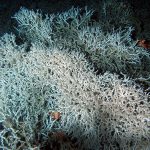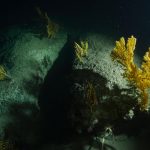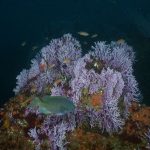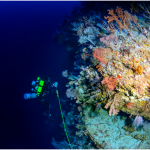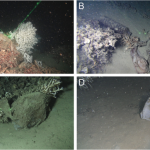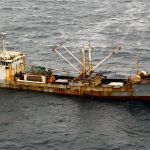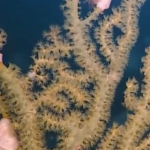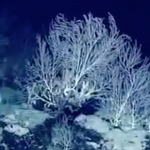Source: Nature
Author: L. Chapron, E. Peru, A. Engler, J. F. Ghiglione, A. L. Meistertzheim, A. M. Pruski, A. Purser, G. Vétion, P. E. Galand & F. Lartaud
Plastic contamination is now recognized as one of the most serious environmental issues for oceans. Both macro- and microplastic debris are accumulating in surface and deep waters. However, little is known about their impact on deep marine ecosystems and especially on the deep-sea reefs built by emblematic cold-water corals. The aim of this study was to investigate whether plastics affected the growth, feeding and behaviour of the main engineer species, Lophelia pertusa. Our experiments showed that both micro- and macroplastics significantly reduced skeletal growth rates. Macroplastics induced an increased polyp activity but decreased prey capture rates. They acted as physical barriers for food supply, likely affecting energy acquisition and allocation.
Continue reading Macro- and microplastics affect cold-water corals growth, feeding and behaviour

